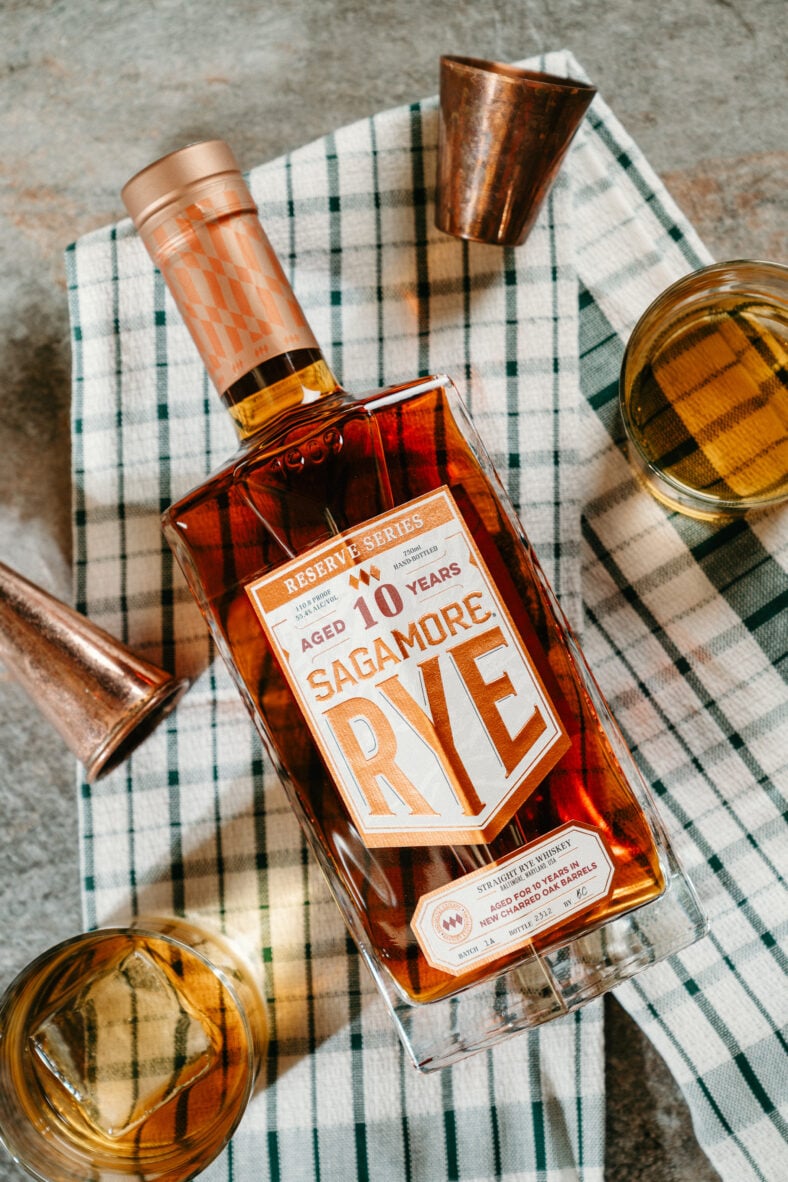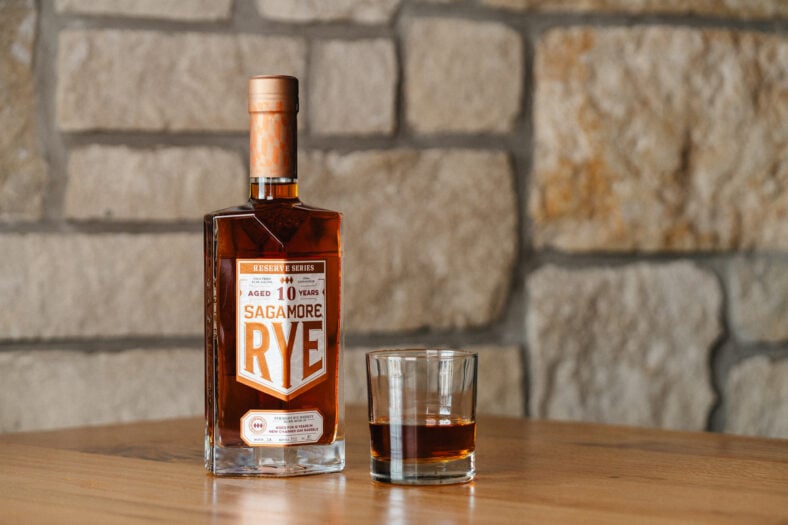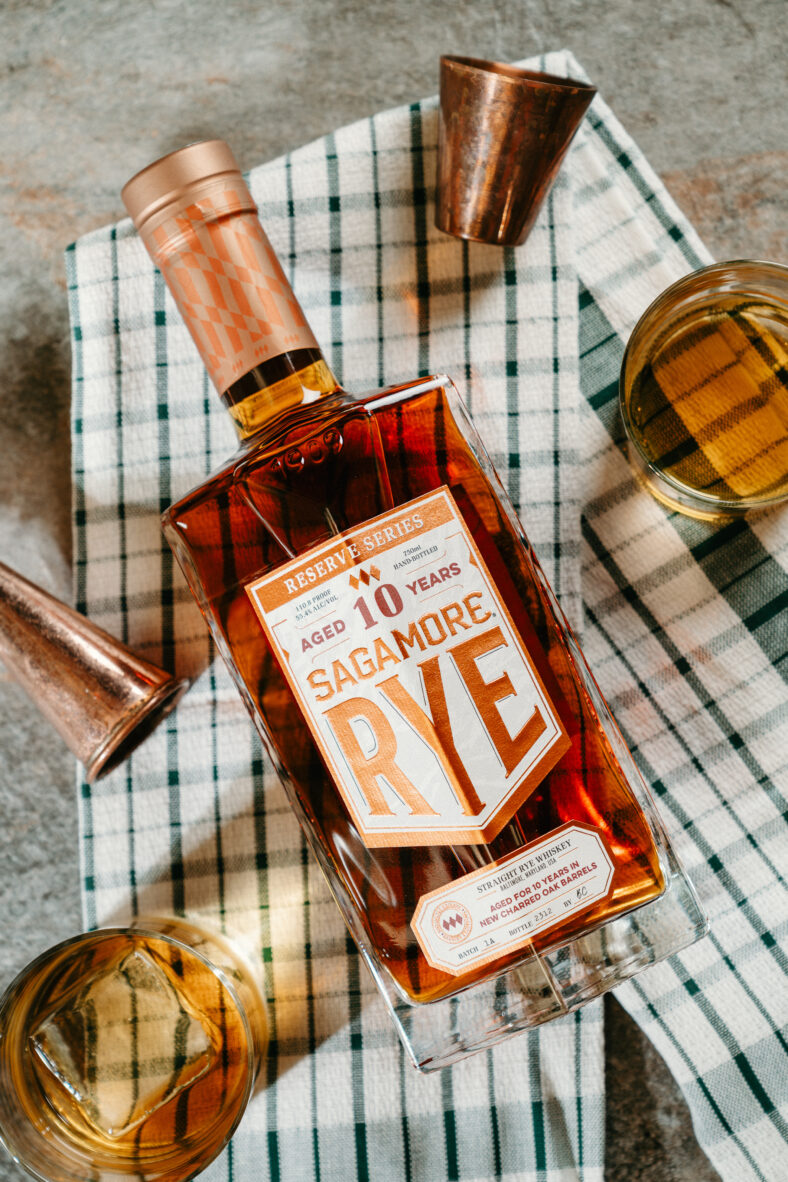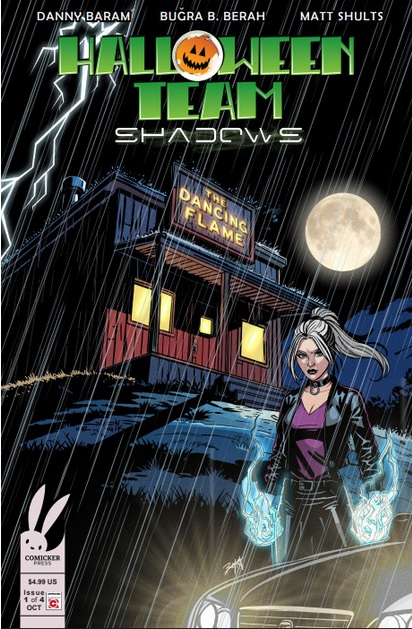
When Kevin Plank, the assured founder of sports apparel powerhouse Under Armour, set his sights on whiskey back in 2012, it wasn’t just another bold business move—rather it was a love letter to his home state’s long forgotten rye heritage. Plank, along with partner Bill McDermott, wanted to invest in Maryland in a way that resonated with the region’s past. Their inspiration? The limestone-rich spring at Sagamore Farm, a thoroughbred horse racing estate Plank had purchased in 2007.
That spring water—long prized in whiskey-making—sparked research that led them to uncover Maryland’s once-booming rye industry. Before Prohibition, more than 40 distilleries thrived in the state, their spicy, full-bodied ryes renowned across the country. By the 1970s, they were all gone, casualties of war, changing tastes (aka the infamous whiskey crash) and consolidation. So Plank and McDermott saw a chance to resurrect rye in Charm City with Sagamore Spirits.
The early days were about building a foundation. While they steadied themselves, and built their distillery in Baltimore’s Port Covington neighborhood, Sagamore Spirit initially sourced whiskey from Indiana’s MGP. One of the largest rye producers in America, renowned for their 95% rye / 5% malted barley mash bill, MGP’s recipe built labels like Templeton, Bulleit, High West and Redemption, while also being used by the likes of Angel’s Envy, Smooth Ambler, George Dickel and more.
From the beginning, however, one of the ways Sagamore distinguished itself was utilizing a unique mash bill philosophy. Instead of leaning solely on MGP’s now-classic “high-rye” 95% rye, Sagamore uses two recipes—adding a “low rye” (52% rye, 43% corn, 5% malted barley) to the mix. By blending this other rye that hovers close to a bourbon in its high-corn grain bill, Sagamore creates a whiskey with rye’s spice but also a softer, sweeter profile. “We’re trying to educate the consumer,” Ryan Norwood, the brand’s Vice President of Operations, tells Maxim. “At the same time we’re trying to bring bourbon drinkers into rye.”

Those barrels gave the fledgling brand a foundation while their own Baltimore distillery took shape. In 2017, steel and copper finally met in Sagamore’s Patapsco River waterfront home, and the brand began laying down its own whiskey—mostly replicas of those twin MGP high- and low-rye whiskeys which built the Sagamore name. But the team made a deliberate choice: instead of flipping a switch, they slowly transitioned, blending their own whiskey into the MGP juice until Sagamore’s flagship Small Batch and Cask Strength expressions were fully Maryland-made—an achievement the former only achieved last year, and latter earlier this year.
That approach comes to full expression in Sagamore’s latest Reserve Series release: a 10-Year Rye, bottled at just over 110 proof (55.4% ABV). Made from some of the earliest MGP stock Sagamore ever purchased, the whiskey is both a farewell and a milestone—one of the last sourced barrels before the brand fully transitions to its own distillate. For Norwood, it’s a fitting capstone: “For me, rye kind of has that sweet spot between about six and ten years.”

Despite being sourced from Indiana, Maryland’s climate leaves its own fingerprint on the spirit. With humid summers and frigid winters, the state’s seasonal swings push whiskey deep into the oak barrels’ wood and back again, extracting flavor in bold strokes. Unlike Kentucky or Indiana, Norwood reveals Sagamore’s rickhouses often see proof rise during maturation, adding another layer of character. The result in the 10-Year is a whiskey the VP describes as “super balanced… with notes of peach crumble, roasted nuts, rye spice, with just enough sweetness to round it out.”
The 10-Year release is limited, and rye aficionados will likely snap it up for its SRP of $80. But for Sagamore it’s less about chasing hype than telling a story—about water and wood, about Maryland’s forgotten past, and about a decade-long gamble slowly paying off. Beyond being Sagamore Spirits oldest rye to date, the newest addition to its award-winning Reserve Series is also both an ending and a beginning, a tribute to the barrels that carried them this far, and a promise of what’s to come as more of their whiskey carries the unmistakable mark of Baltimore.
Follow our Deputy Editor Nicolas Stecher on Instagram at @nickstecher and @boozeoftheday.














